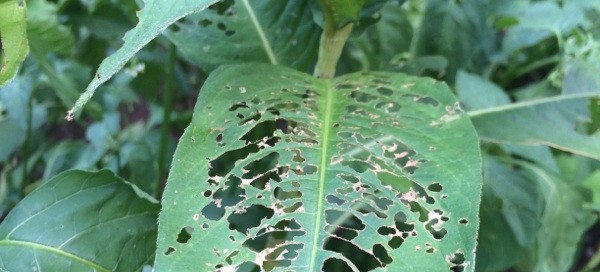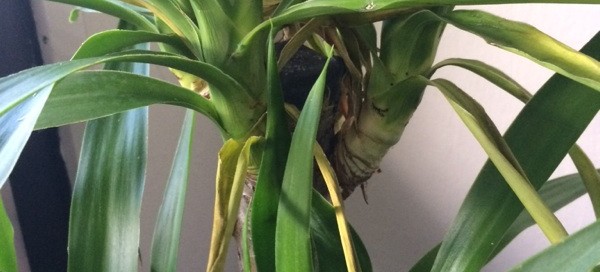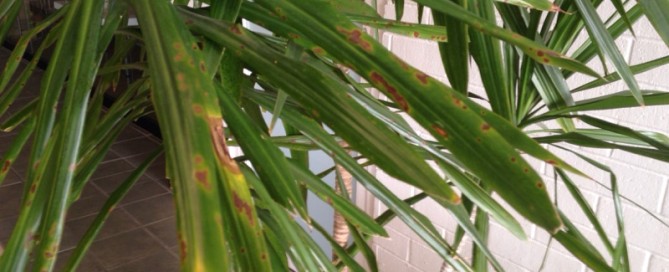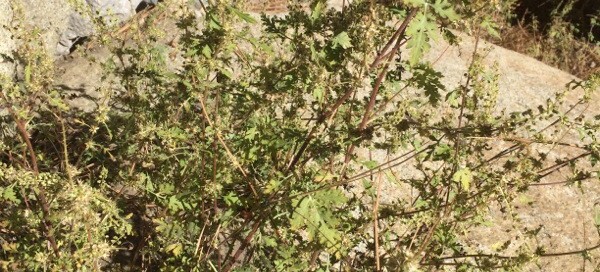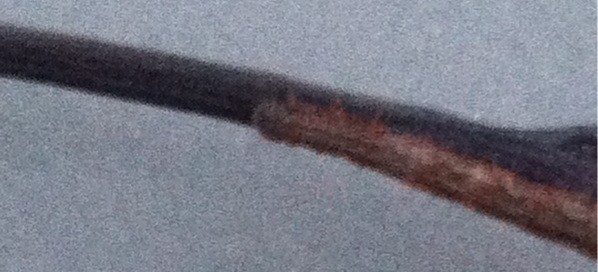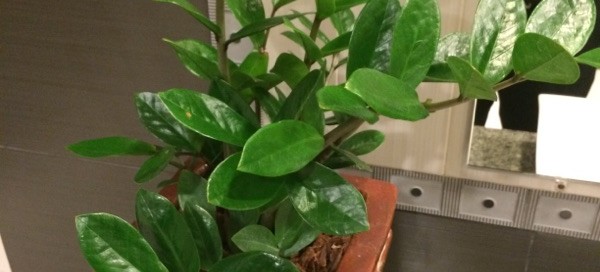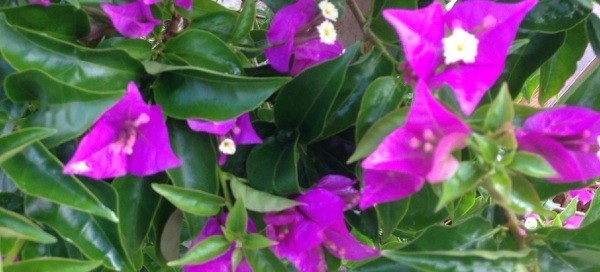Jade Plant
Your plant is likely a variety of jade plant, Crassula species, a popular succulent. Grows well indoors in bright indirect light or outdoors in full or partial sun, but does not tolerate freezing temperatures. As a plant water when the soil feels dry down to the first knuckle. Do not over-water. It typically flowers in late winter/spring season. If in a container, make sure the container has drainage holes. Do not allow plant to sit in water as this may lead to root rot. The beauty of most succulents, is they can be propagated from cuttings easily. Allow the cutting to callus over in about 3-5 days, then place in moistened vermiculite and keep at temperatures around 70-75 degrees F. For more information on propagating from root cuttings, visit sites such as the following:
How to Make Jade Plant Cuttings Grow | Home Guides | SF Gate
homeguides.sfgate.com/make-jade-plant-cuttings-grow-46647.html


